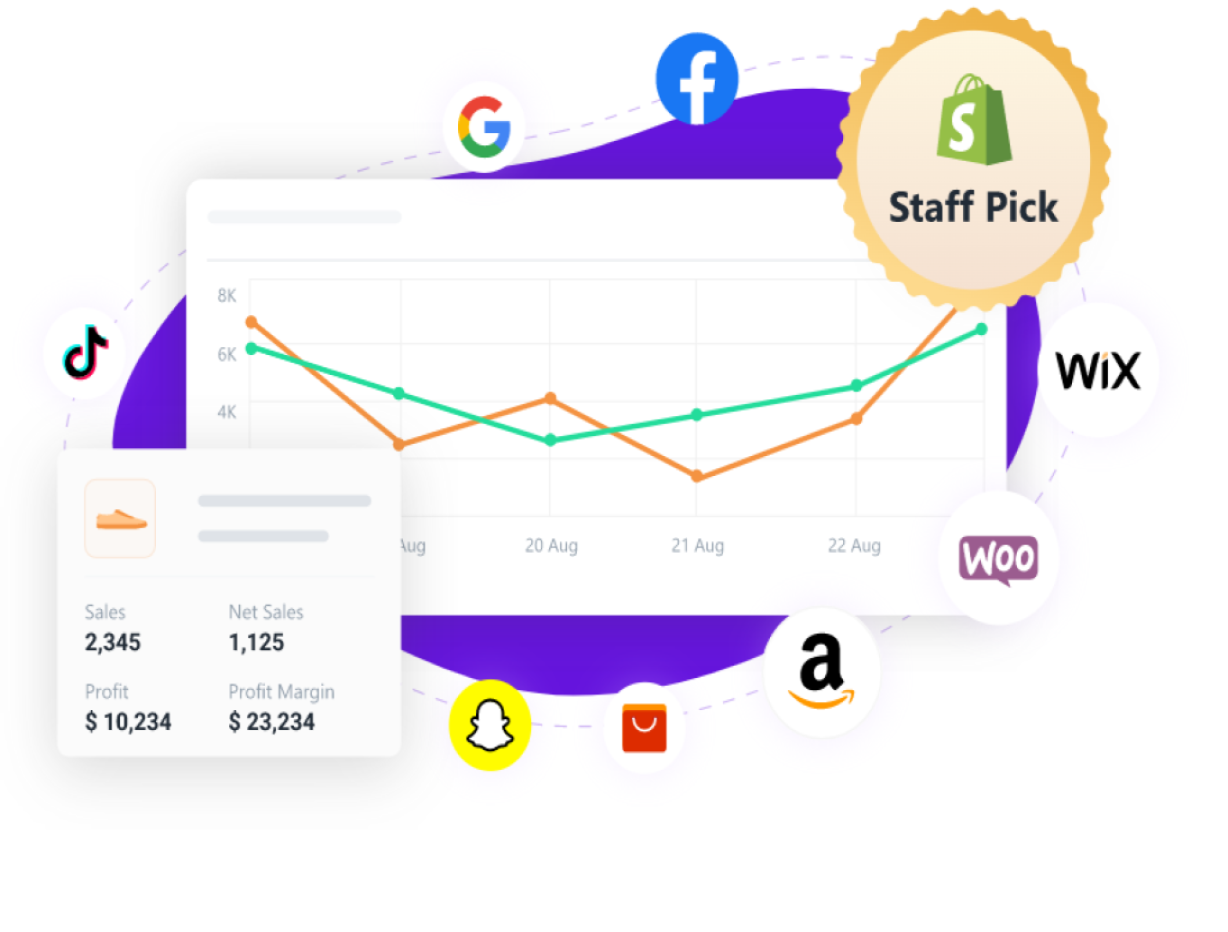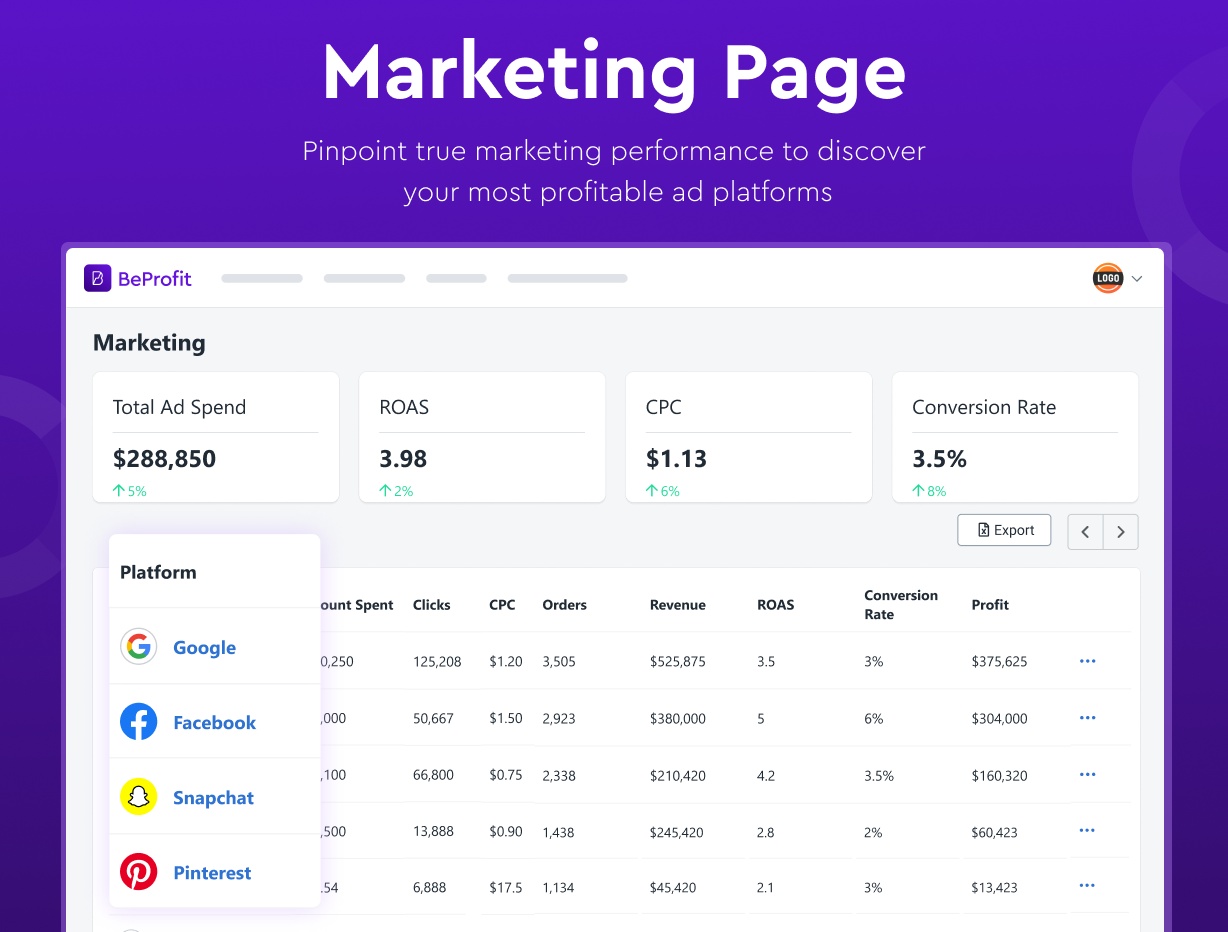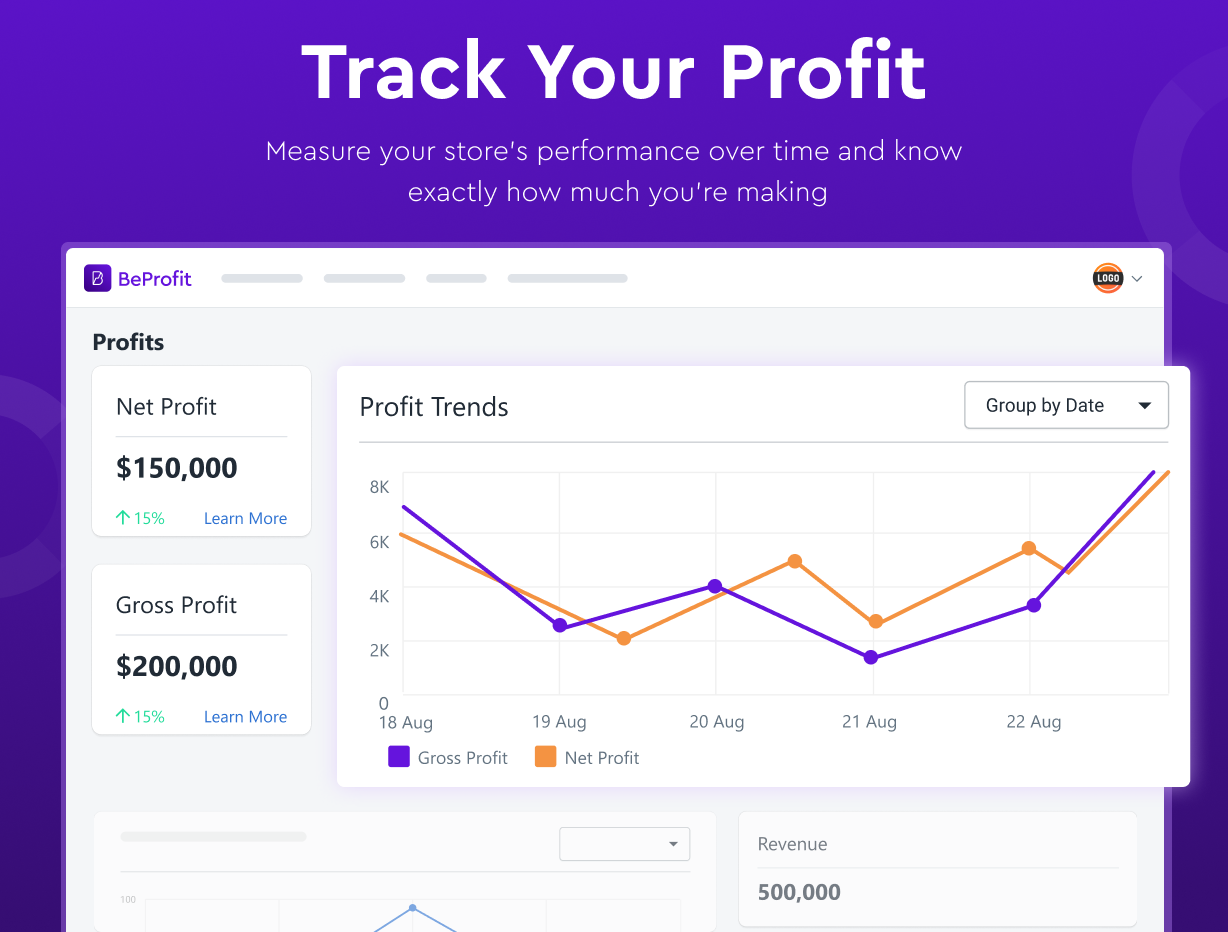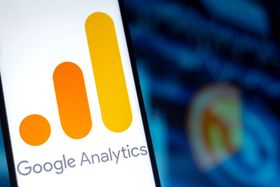CPC Industry Benchmarks: Are You Spending Too Much?
Updated April 24, 2023

In online marketing, success often depends on getting the most out of your advertising budget. One of the metrics to assess is cost-per-click (CPC). This average can vary drastically from below 1% to 8-9%, depending on your industry. Monitoring CPC analytics and using applicable benchmarks can help you manage your ad spend more efficiently.
What is CPC?
Cost-per-click (CPC) refers to the price a business pays whenever someone clicks on one of their ads. You can calculate your CPC as follows:
CPC ($) = Advertising Campaign Costs / Number of Clicks
CPC is best tracked alongside other advertising metrics, like click-through rate (CTR), for more accurate insights into your advertising efficiency. Generally, a low CPC is desirable because it means that your ad is cost-effective, while a high CPC might indicate that your ad isn't reaching the intended audience or the messaging isn't resonating.
» High costs? Learn the most common e-commerce expenses and how to reduce them
Why is CPC Important?
Tracking your CPC can inform you about performance so you can make tweaks for better conversions and profit margins. Optimizing CPC can help achieve these for the following reasons:
- Better cost control - Advertisers only pay when someone clicks on their ad and not every impression like CPM (cost per thousand impressions).
- Allows performance tracking - CPC can help advertisers see how much they're paying to acquire site traffic.
- Encourages relevancy and ad strength - Paying per click incentivizes advertisers to make ads more relevant, which provides users with targeted ads that are more likely to generate conversions.
Make Tracking Costs and Sales Simpler
Save time by monitoring your ad metrics and profits in one place.
- Allows auto-sync with top ad platforms.
- Connects multiple shops to get an aggregated view of your business performance.
- Offers customizable profit calculation and expense tracking.
BeProfit provides an intuitive dashboard to help you manage your expenses and ad metrics.
CPC E-commerce Benchmarks
CPC for the type of ad and platform you advertise on can differ. So, regular monitoring can help ensure you're spending optimally, utilizing the best platforms for your business, and seeing positive conversions and ROAS.
Your CPC may be higher or lower depending on factors like:
- Quality of your ad
- Targeting options you choose
- Competition for ad placement in your specific product category
The benchmarks below act as a guide and can vary from one campaign to another.
Meta/Facebook Ads
The average CPC for Meta Ads (previously known as Facebook Ads) is around $0.98.
Meta Ads use what they call "link clicks," which can result in higher ROAS since engagement clicks, such as comments, aren't factored in. Monitoring results from the bidding and ad auction features can help identify:
- An optimal bidding amount
- Which types of ads are most successful
- The target audiences that resonate with your products
The ad placement can also impact CPC, with feed ads generally having a higher CPC than those shown on the right-hand column or story feeds.
Google Ads
According to Wordstream, the average CPC across all industries on Google Ads is $2.69 for search and $0.63 for display. Google Ads uses keywords in user searches to identify relevant ads. So, applicable ads are entered into an ads auction, which compares ads for ranking and position so that users receive the most relevant results first.
To optimize your ads for higher ranking that can improve conversions, you can:
- Conduct keyword research to make sure you use the most high-ranking ones applicable to your industry or products.
- Use A/B testing to see which ads your desired target audience responds most positively to.
- Update your landing and product pages for more relevancy so that clicks aren't wasted on unrelated searches.
» Learn how to set up Google Ads conversion tracking for e-commerce stores
LinkedIn Ads
The average CPC for LinkedIn Ads is generally higher than other platforms, with an average CPC of $5.58 across all industries. Because LinkedIn assigns a quality score to your ad campaigns based on success, a low score can result in a higher CPC. Some aspects that impact the score are:
- Engagement rates, like comments and shares
- Click-through rate
- Ad types used, for example, sponsored content or messaging and dynamic ads
LinkedIn Ads are typically geared towards business-to-business audiences, which are also the industries traditionally with higher CPC rates. By leveraging features like conversion ads, spotlight ads, and more, you can increase brand awareness and engagement to achieve higher conversions.
Amazon Ads
According to a Statista report, the average CPC for Amazon's sponsored product ads is $0.98. Placement of your ads and other related products or brands, product types, and bidding determines your CPC.
Some ways to get the most out of Amazon Ads include:
- Keyword research - This can highlight suitable keywords and give you multiple options for bidding to increase your chances of higher ad ranking.
- Automatic targeting - This just requires you to set your CPC budget and products, and Amazon handles the targeting.
- Improved management of multiple ads - Tracking your performance efficiently can help identify where you may need to adjust strategies to help lower your CPC, improve engagement, and boost sales.
» Find out the top Amazon marketing metrics you should be tracking
Make The Most Of Your Advertising Budget
Tracking your CPC and utilizing benchmarks can help you manage your ad spend. Understanding whether you're overspending on advertising can help improve growth, identify new strategies for better conversions, and keep you up-to-date on your competitors' ad rankings and effectiveness.
To help with data tracking, BeProfit offers a one-stop platform to monitor expenses and ad and sales data. You can assess the results in real time with custom reports, so you can make informed strategy changes to lower your CPC and amp up profits.












